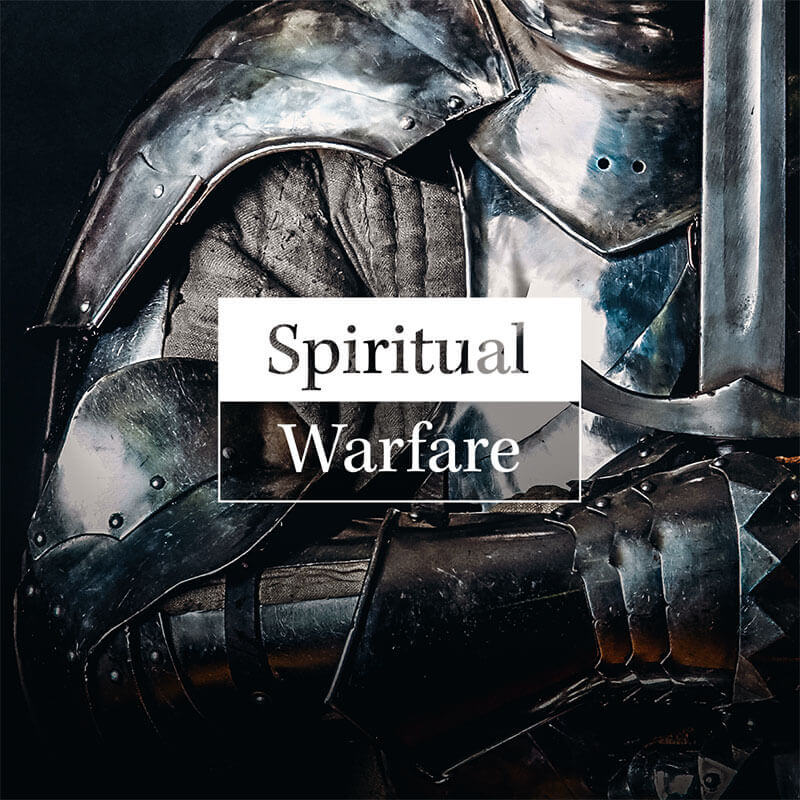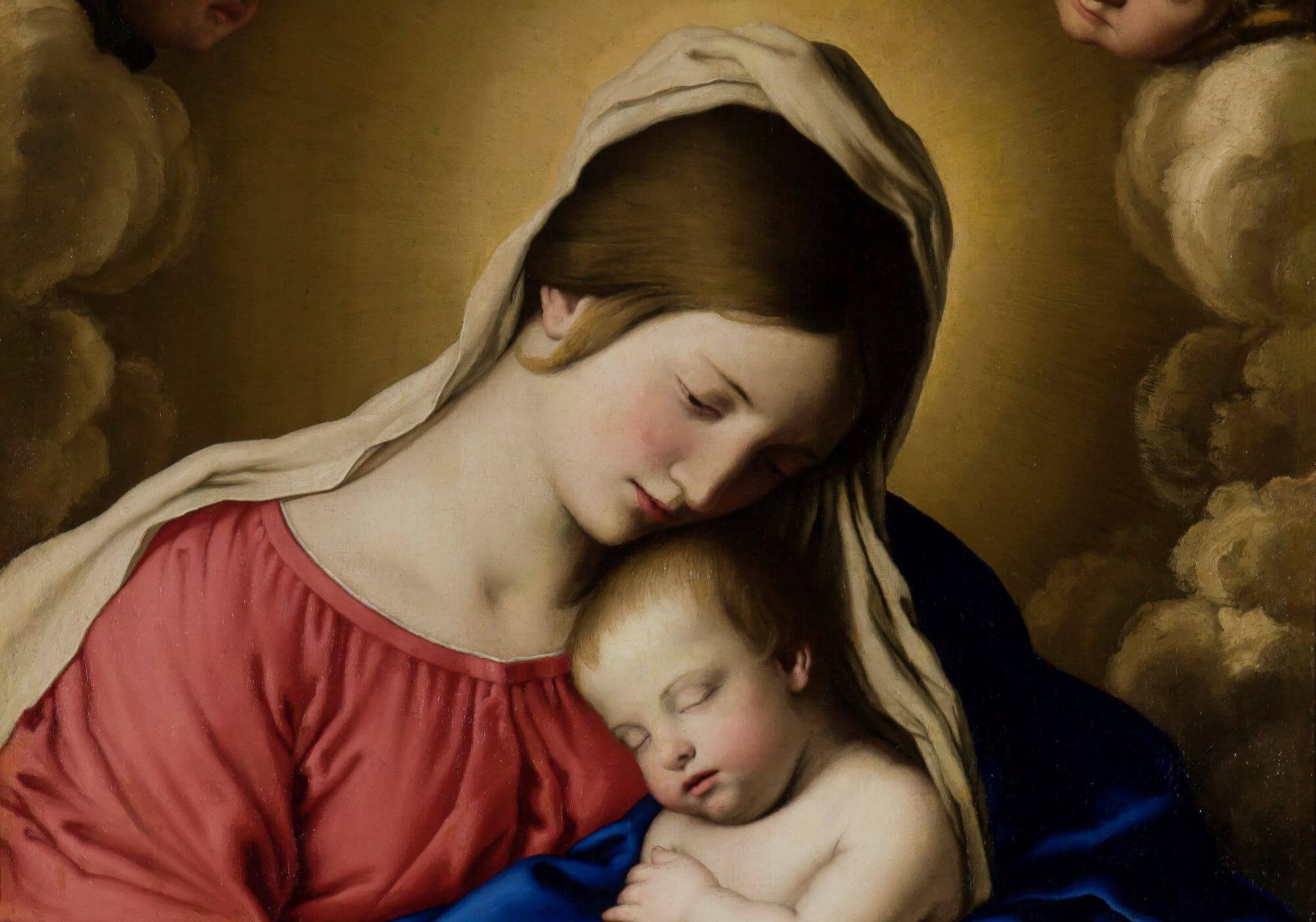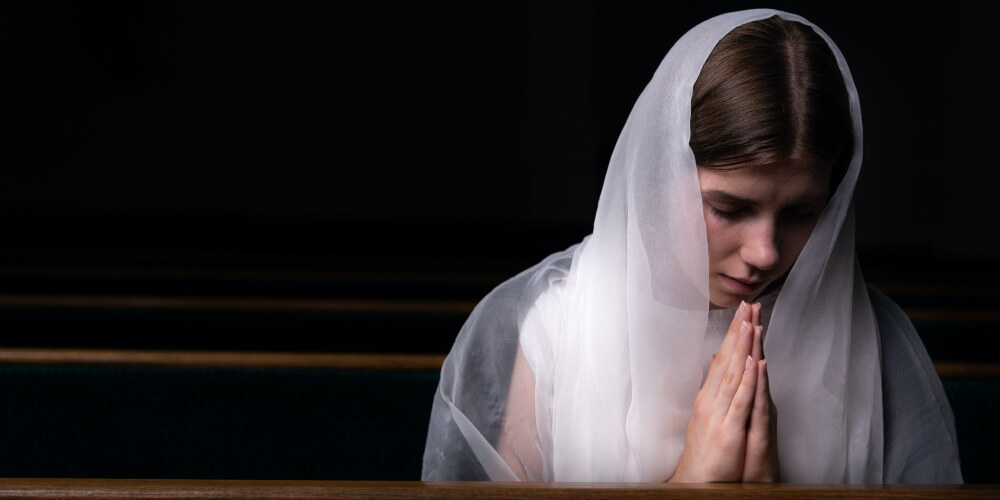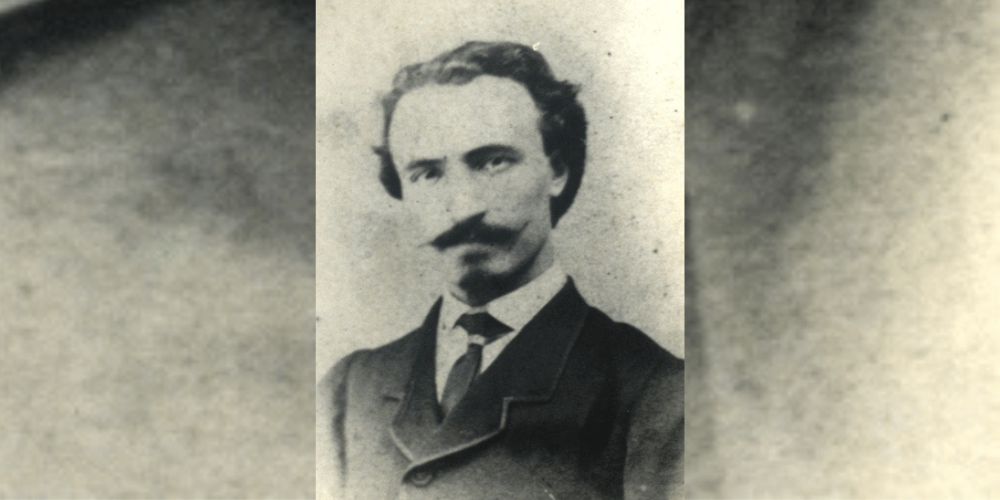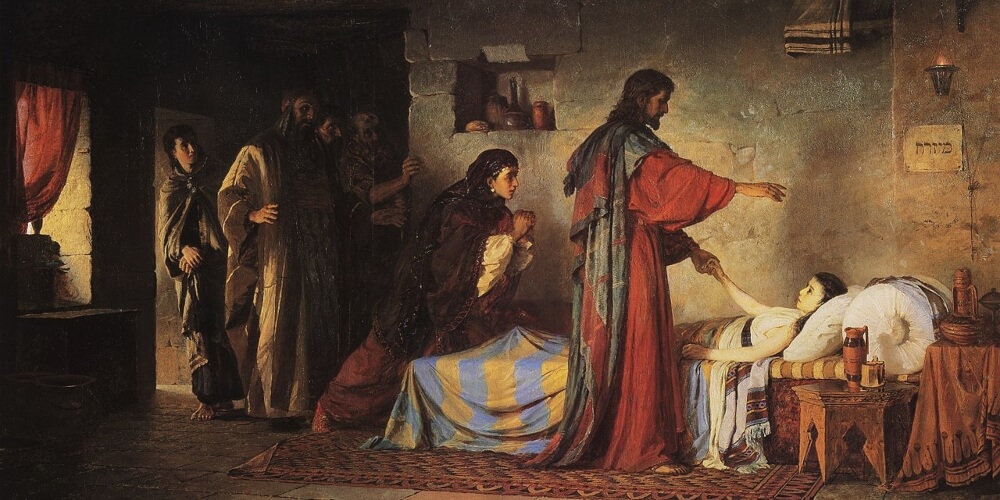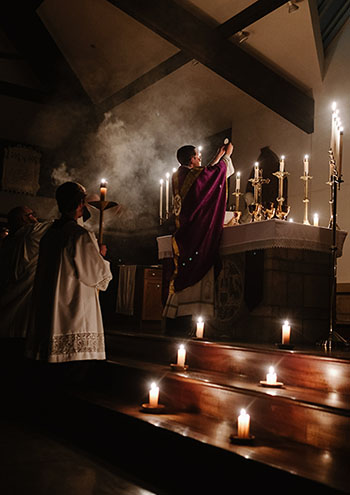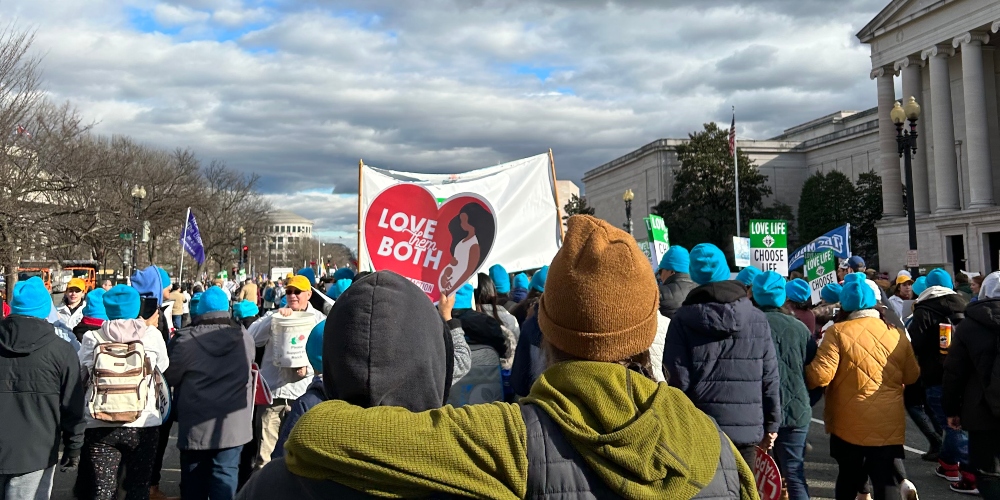
As we all remember, the Supreme Court ruled to overturn Roe v. Wade last year, to national attention and much media coverage—and uproar.
For those involved in the pro-life movement, this moment was surreal.
We felt overjoyed, remembering how the signs that proclaimed “We are the pro-life generation” seemed like far-off wishes. But simultaneously, we could also feel underwhelmed.
In those long years of marching between 1973–2022, there had become a sense of fatigue, brought on by the frustrating reality of the Courts, the House, and the media all pitted against the movement.
The mass-effort and the years of prayer and organization continued on tirelessly fighting for something as fundamental as the right to life. The Dobbs decision was unexpected and yet long overdue.
While it is a legal win worth celebrating, it is also a call to action in a new manner. The decision allows for the pro-life movement to strategize.
Dobbs forces us to ask: what is the state of the pro-life movement now?
The 2023 March For Life
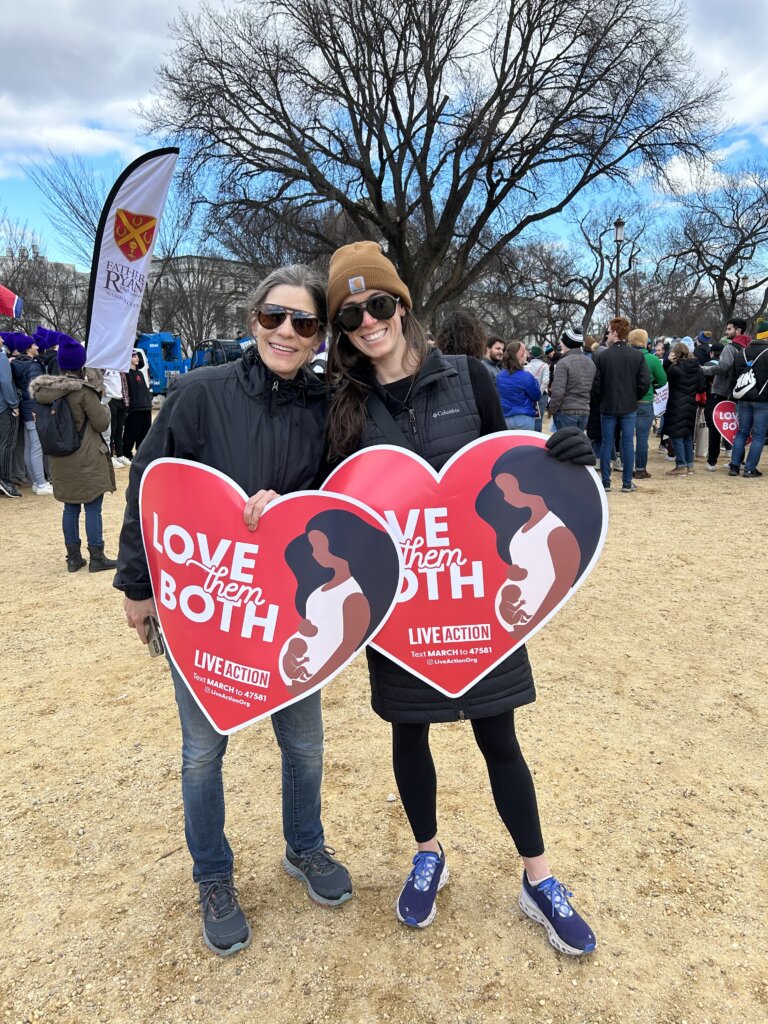
I went to Washington, D.C. to march for the right to life and speak with those involved in the pro-life movement at every level to answer this question.
I corresponded with Professor Elizabeth Kirk of Columbus School of Law at Catholic University on the current status of the pro-life movement in the United States. Professor Kirk is the director of the Center for Law and the Human Person and a faculty fellow at the Institute for Human Ecology. I asked her several questions regarding the state of this necessary movement:
For those who are unfamiliar with the Dobbs v Jackson decision, could you explain the Supreme Court’s ruling in this case? How does it affect Roe v. Wade?
“The Court, in an opinion written by Justice Alito (and joined by Justices Thomas, Gorsuch, Kavanaugh, and Barrett), held that the Constitution does not protect a right to abortion, that Roe v. Wade (and Planned Parenthood v. Casey) are overruled, and that the authority to regulate abortion is returned to the people and their elected representatives.”
Professor Kirk
With the Dobbs ruling, abortion is no longer maintained as a constitutionally protected right. Thus, its regulation is returned to the states and the elected legislators. A common misconception about the Dobbs case is that it effectively serves as a nationwide ban on abortions. This is not true, the ruling in Dobbs simply allows for the regulation of abortion by individual states.
The pro-life movement’s work is far from over. With the transfer of regulatory power from the Courts to the state legislatures, the movement’s ability to impact abortion laws is heightened, and this point was central to this year’s March for Life. Repeatedly, the speakers honed in on the necessity of contacting one’s representatives, voting locally, and the institution of state marches.
Next Steps: Marching Into A Post-Roe America
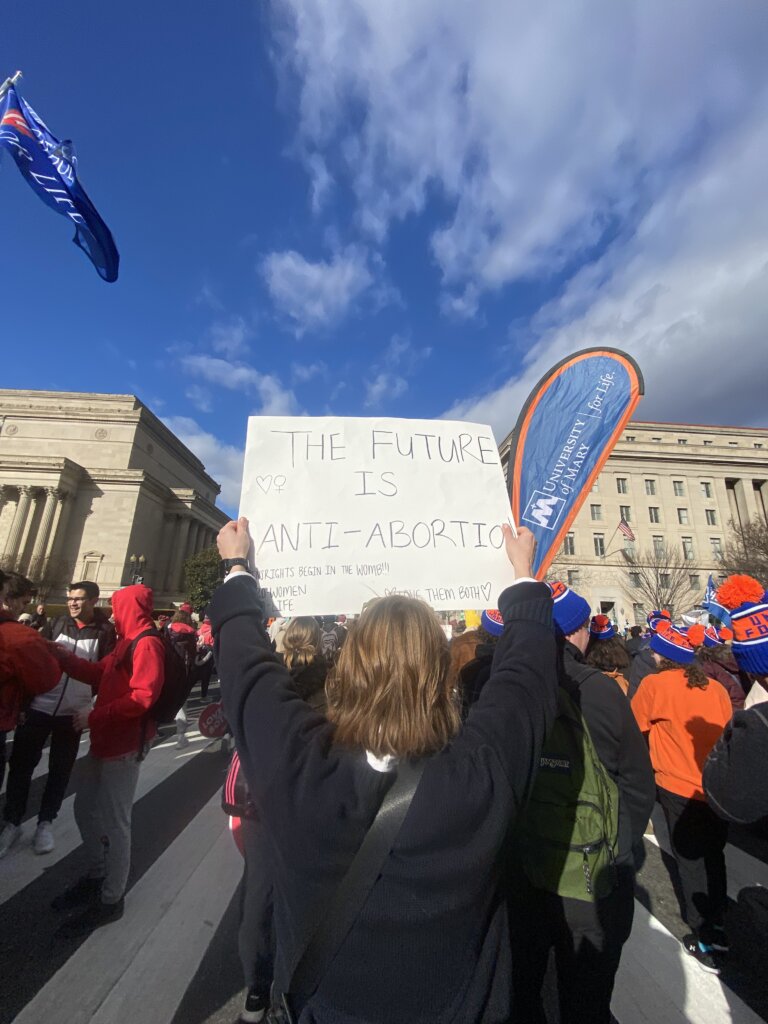
Speaking with several of this year’s March for Life attendees, I found this sentiment echoed not merely from those leading the movement but from those students, parents, and religious who are providing the ground support in their schools, homes, and parishes.
When asked why she was marching post-Roe, one young woman replied,
“I am marching post-Roe because I am coming from Ann Arbor, Michigan which is very pro-abortion. Michigan just passed a law saying that [abortion] is a part of the state constitution and that the right to an abortion will be protected at any cost. I believe that needs to be changed and that it needs to be fought.”
The theme for this year’s march was Next Steps: Marching into a Post-Roe America, and it is clear that the pro-life movement is not satisfied with the ending of the nation-wide ban but is taking the fight to the states.
Yet, the tens of thousands of people gathering on the National Mall this past Saturday—embracing the cold temperatures and freezing winds—demonstrated that there is still a need for a national presence.
One young man, a college freshman, said that he marches post-Roe because he
“believes it is still important to get it illegal over and across the whole United States and it’s important to still have a national voice. That there are still this many people who come to march shows that is an important voice to have.”
Where Does The Pro-life Movement Now Stand?
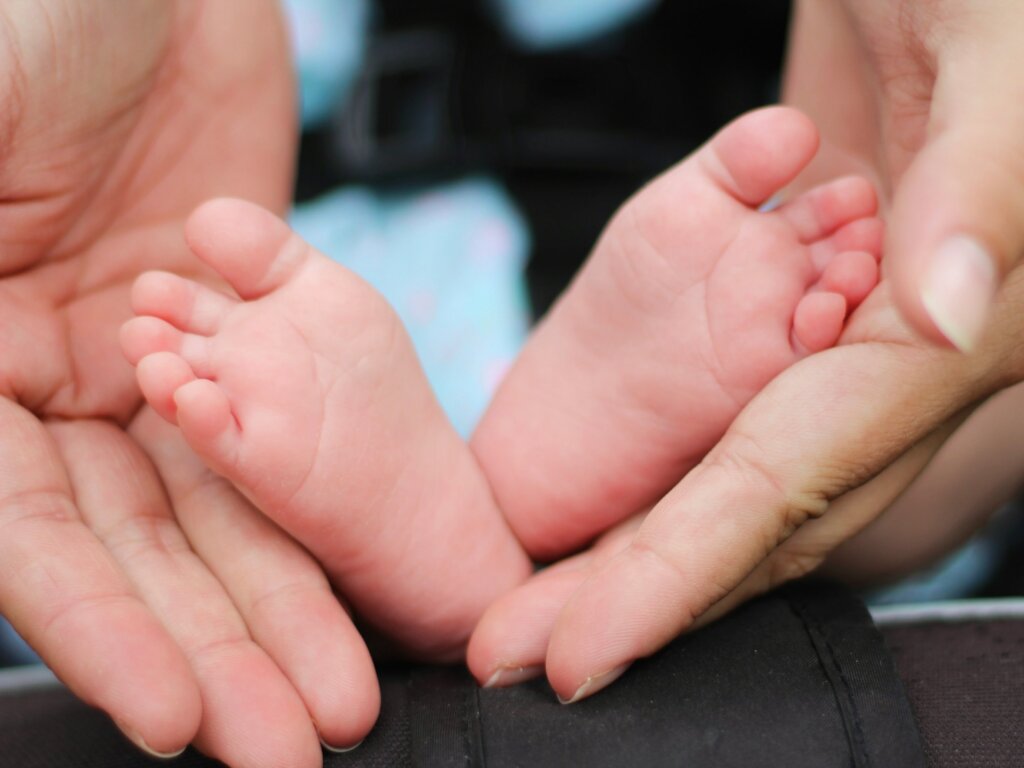
I asked Professor Kirk where the pro-life movement should direct its focus going forward:
With the Dobbs decision effectively overturning Roe v. Wade, where do you think the pro-life movement currently stands? Where should it direct its focus going forward?
“Going forward, the pro-life movement should continue to direct its efforts toward supporting laws, policies, and services that help make it possible for women (and men) to welcome their children. Also, polling demonstrates that while many Americans claim to have supported Roe, they also oppose many common abortion practices. So, the pro-life movement should increase efforts to educate the citizenry about the impact of pro-abortion laws and combat the confusion that persists about what practices those laws allow.”
Professor Kirk
Freed from the need to urgently focus on Roe v. Wade, the pro-life movement is able to have a renewed and an increased capacity to emphasize the need to protect life in all forms, from conception to natural death.
Furthermore, as Professor Kirk articulated, there was a profound recognition of the necessity of both education and opportunity for all. This new-corner in the movement was palpable at the 2023 March for Life.
Inspired and confident after the Dobbs decision, the pro-life movement appears resolved to take action, prayerful and powerful action, in order to educate and help those whom abortion affects directly. In fact, it seemed that there was a resurgence in the recognition that this movement is not merely a legal one, but one that must stand for the dignity of life wherever it may be threatened.
While at the March, I ran into a group of three Dominican priests whose simple answers to the question of why we should continue to march post-Roe spoke directly to these points:
“I march because life is still precious.”
“I am marching because we still have a lot more work to do!”
“I march because it is not only about babies, it is about the whole life.”
College Students Committed to The Movement
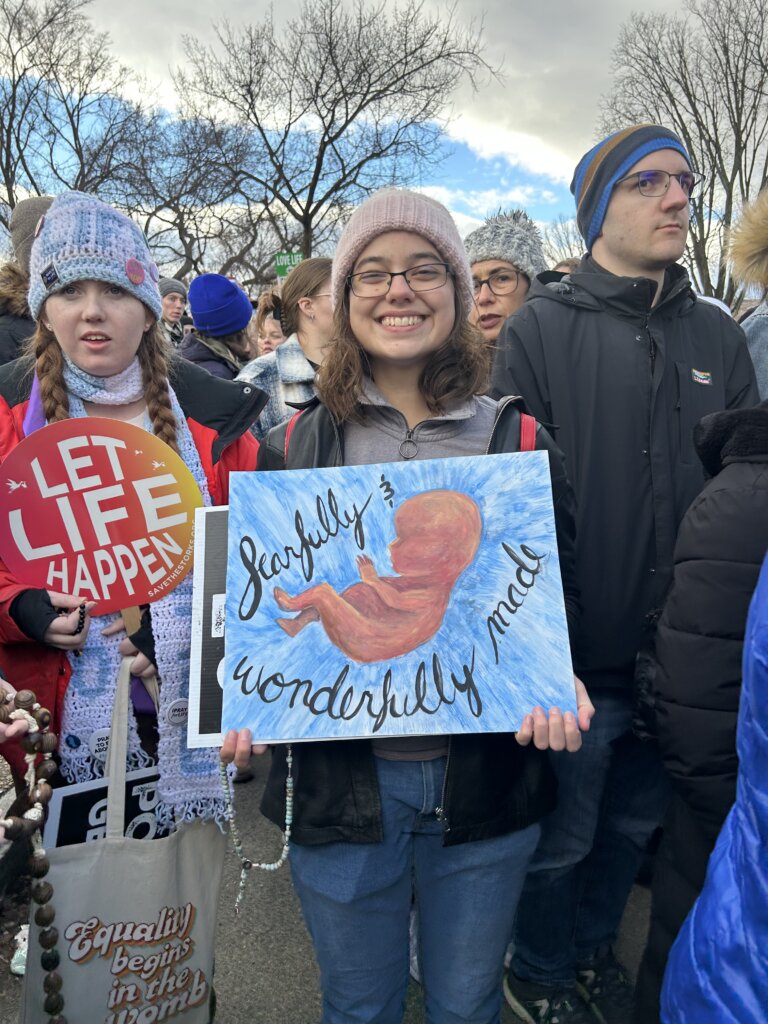
Remembering Professor Kirk’s implorement that the pro-life movement should “continue to direct its efforts toward supporting laws, policies, and services that help make it possible for women (and men) to welcome their children,” I was particularly struck by the presence of one college whose commitment to life goes far beyond an annual attendance at the march.
Belmont Abbey College makes a yearly effort to send students and faculty to the March for Life; they do so because this movement is particularly important to the college’s mission.
Belmont Abbey is the host and sponsor of Mira Via’s college residence. This residence is a place where pregnant college students can live and learn with each other. Expectant students from any college or university are welcome to stay at the residential facility while they pursue their academic and personal goals. I spoke to a Belmont Abbey student, Marie, who said that she “continues to march in order to raise awareness and funds for programs like Mira Via and others that help recognize the dignity of mothers suffering crisis pregnancies and their children.”
It is always touching to see these people, organizations, and schools speak out for life. The March for Life, despite the gravity of the cause it represents, always seems full of joy. Children march alongside religious sisters, atheists alongside evangelicals, and all seem to carry a sense of responsibility for this cause.
While the March itself is not religiously affiliated organizationally, it is deeply affected by a sense of Christian joy as the fight for the recognition of the dignity of life is central to the heart of Christianity. In the Gospel of John, Christ says that He came “so that [we] may have life and have it abundantly.”
The March for Life finds its participants from all walks of life and denominations of Christianity, but is a wonderful witness to the Catholic Church’s commitment to this cause that the March always has an obvious Catholic culture to it.
Marching throughout our Nation’s Capital, I couldn’t go a few yards without hearing voices raised in a Rosary, a Divine Mercy Chaplet, or the prayerful singing of an Ave Maria. Schools processed with large signs depicting Our Lady, priests processed large statues of the Infant of Prague, everywhere you looked you were met with the gracious smiles of religious sisters, brothers, and priests.
I was happy to find myself walking a portion of the way with Bishop Joe Coffey of the Archdiocese of the Military.
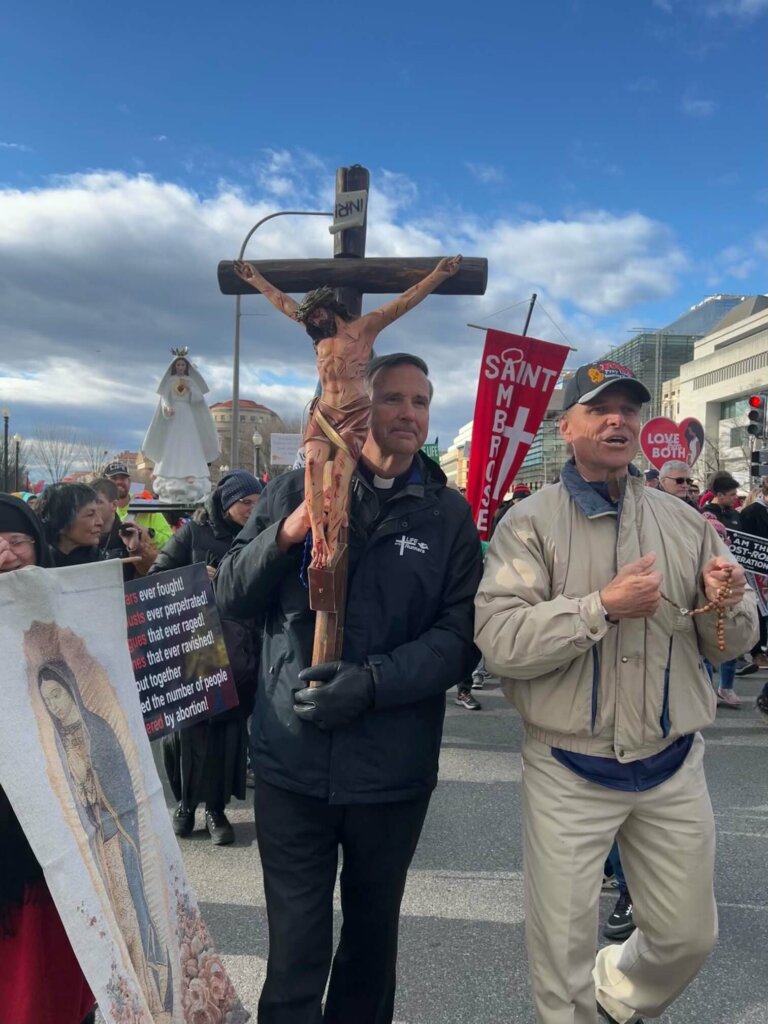
Entrusting The Cause of Life To Our Lady
While Christian joy radiates throughout the peaceful protest, there is something tangibly Catholic and Marian about this movement. As Catholics, we must entrust this cause to Our Lady; it is a cause so close to her heart!
Alongside her son, Mary emphasizes this core tenant. Her willingness to mother not only the son of God, but each and everyone of us, is the perfect witness for the pro-life movement. This is a piece of Catholicism that Professor Kirk emphasizes in some of her writings on family law:
“…radical hospitality” (or as St. JPII called it “the law of the gift), i.e., an orientation to the good of others, ultimately ordered toward God and motivated by gratitude to Him. Mary, for whom the lecture is named, demonstrated this outward orientation, this gift of herself to and for the other – for God – throughout her life. One example that provides a beautiful witness to the pro-life movement is the Visitation where her obedience to God’s call in her life (her fiat) immediately bears fruit in service to her pregnant cousin in need. So too when we should notice that following God’s will makes us attentive to the needs of those around us and we should respond quickly and generously as Our Lady did.”
Professor Kirk
It was a beautiful year to gather in D.C. in a prayerful fellowship, united with people from across the country, who differ in their walks of life, but who find unity in the necessity of this witness.
May we all—as Professor Kirk suggests and Our Lady exemplifies—live with a radical love and hospitality towards one another. May the pro-life movement continue to foster this sentiment in our hearts and in our efforts.

